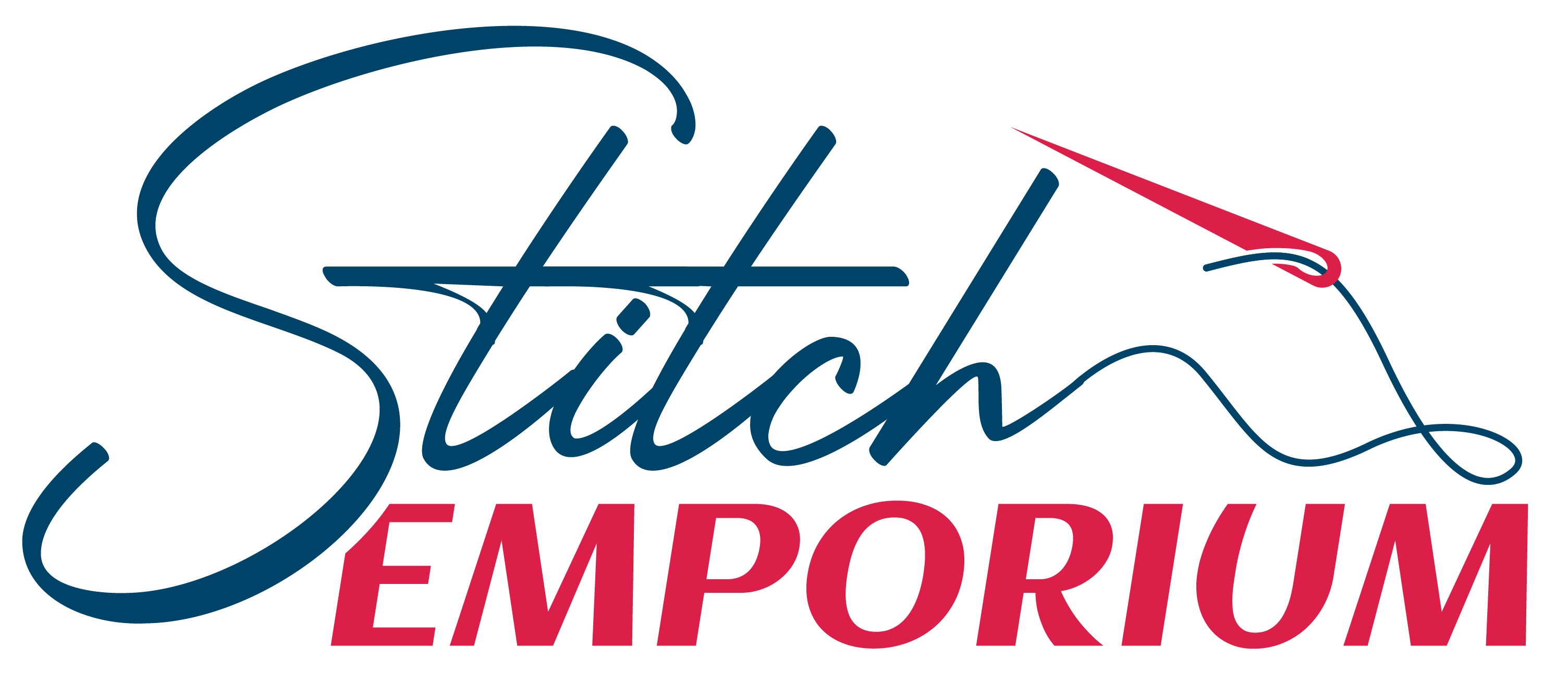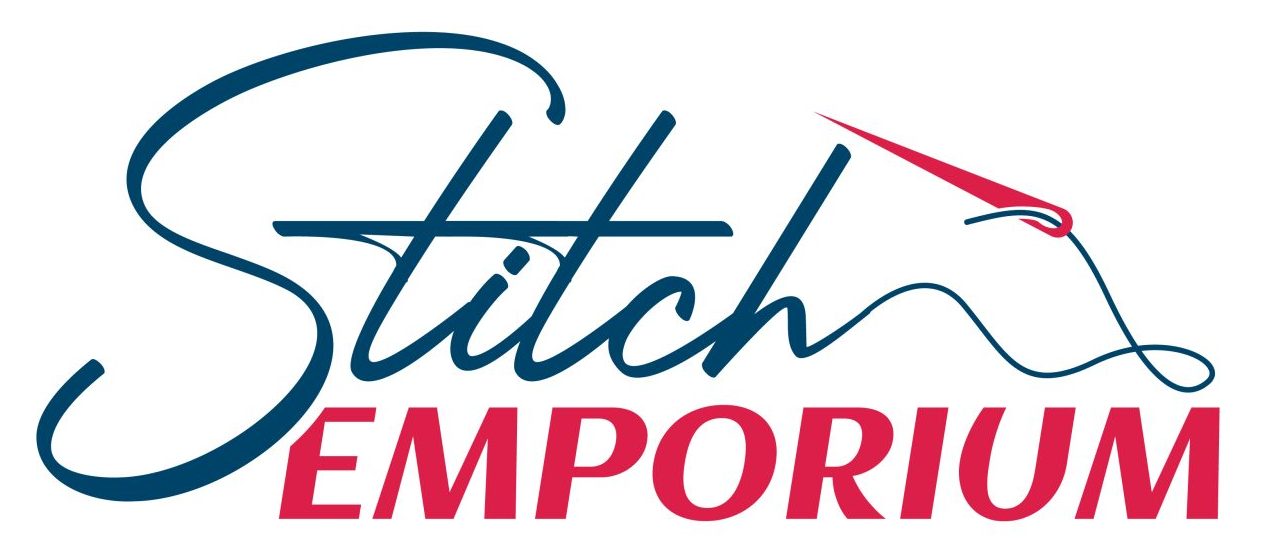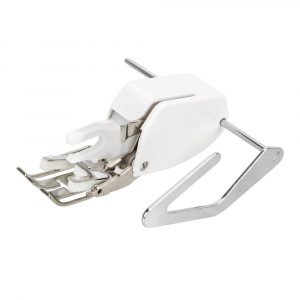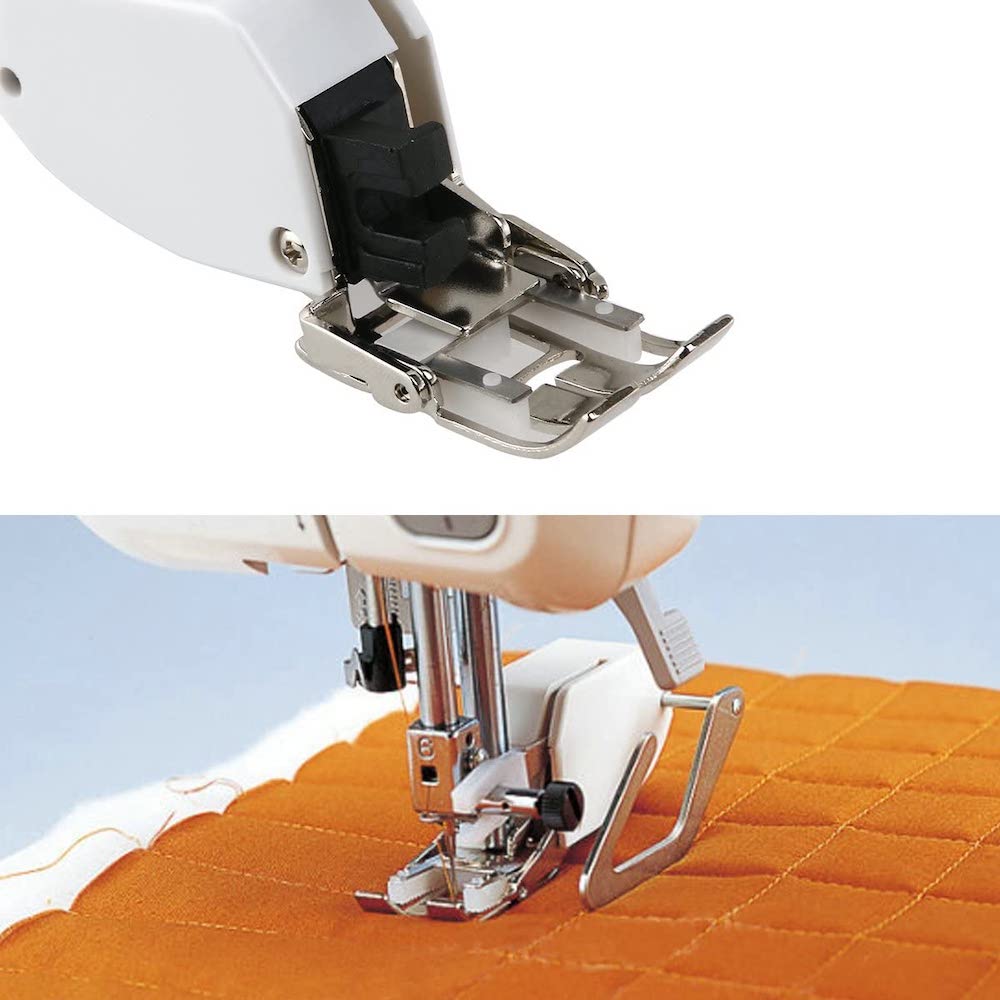Learn to Sew
What Is an Even Feed Walking Foot For?
Do you have an even feed walking foot for your sewing machine? I rely heavily on this presser foot for everything from quilting to handling slippery fabrics. It’s a game-changer! If you haven’t experienced the magic of a walking foot yet, let me introduce you to what it does, how to use it, and why it’s indispensable.
Introducing the Walking Foot
What exactly is a walking foot? Well, beneath your sewing machine’s needle plate, you’ll find feed dogs that pull your fabric as you sew. A walking foot is a presser foot attachment that adds a second set of feed dogs on top of your fabric. It allows your fabric to be fed from both the top and the bottom simultaneously.
Now, some modern sewing machines come with a built-in dual feed foot that serves the same purpose as a walking foot. But usually, you’ll need to purchase a walking foot separately.
Sewing Machine Feet & Accessories
Even Walking Presser Foot®
$29.97 $24.97
How to Use a Walking Foot on Your Sewing Machine
The even feed walking foot is easy to install. Simply remove your existing presser foot and place the walking foot on your machine with the claw-shaped piece resting on the needle screw. There is also a removable seam guide that is useful for straight-line quilting.
Once the walking foot is installed on your sewing machine, you can sew as usual. You can even use zigzag and decorative stitches. The only difference is that you’ll notice how much easier it is to keep the layers of your fabric lined up together.
Why You Should Use an Even Feed Walking Foot
So, why bother with a walking foot? While the standard feed dogs work fine for simple projects and minimal fabric layers, a walking foot becomes a lifesaver when dealing with tricky materials like silk, chiffon, or minky. It’s also handy when stitching through multiple layers of fabric because it prevents the top layer from slipping.
When should you reach for your walking foot? Well, I find myself using it for most sewing projects, especially when tackling thick, sticky, or slippery fabrics, or anything with multiple layers.
Here are some scenarios where a walking foot shines:
- Sewing Knits: Prevents stretching and ensures layers of fabric move together smoothly, preventing wavy hems.
- Dealing with Slippery Fabrics: No need for excessive pinning; the walking foot keeps your fabric pieces aligned.
- Machine Quilting: Ideal for straight-line quilting or adding binding to quilts.
- Aligning Patterns: Perfect for ensuring plaids, stripes, or patterns match up flawlessly.
- Topstitching Hems and Binding: Keeps folded layers in place for a neat finish.
If you haven’t experimented with a walking foot yet, it’s a worthwhile addition to your sewing arsenal. Trust me, it’s a small investment that pays off big time in the quality of your projects. With a walking foot upgrade, your sewing machine will start performing as well as some of the higher-end sewing machine available today, all without paying the premium price.




